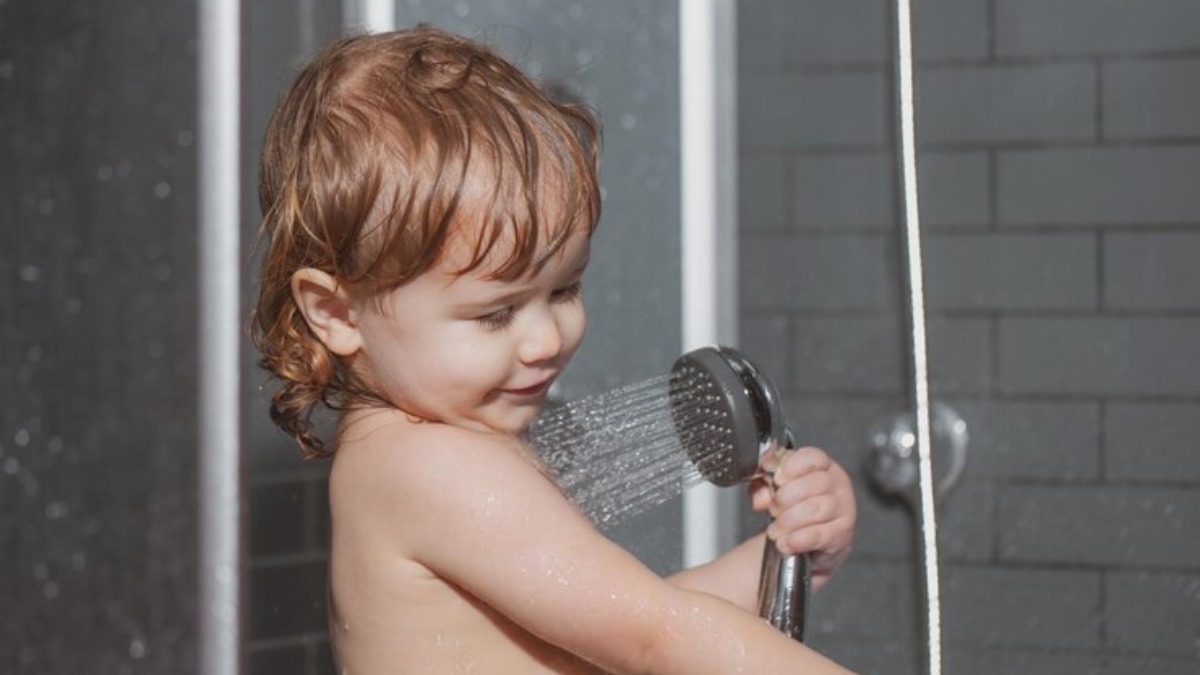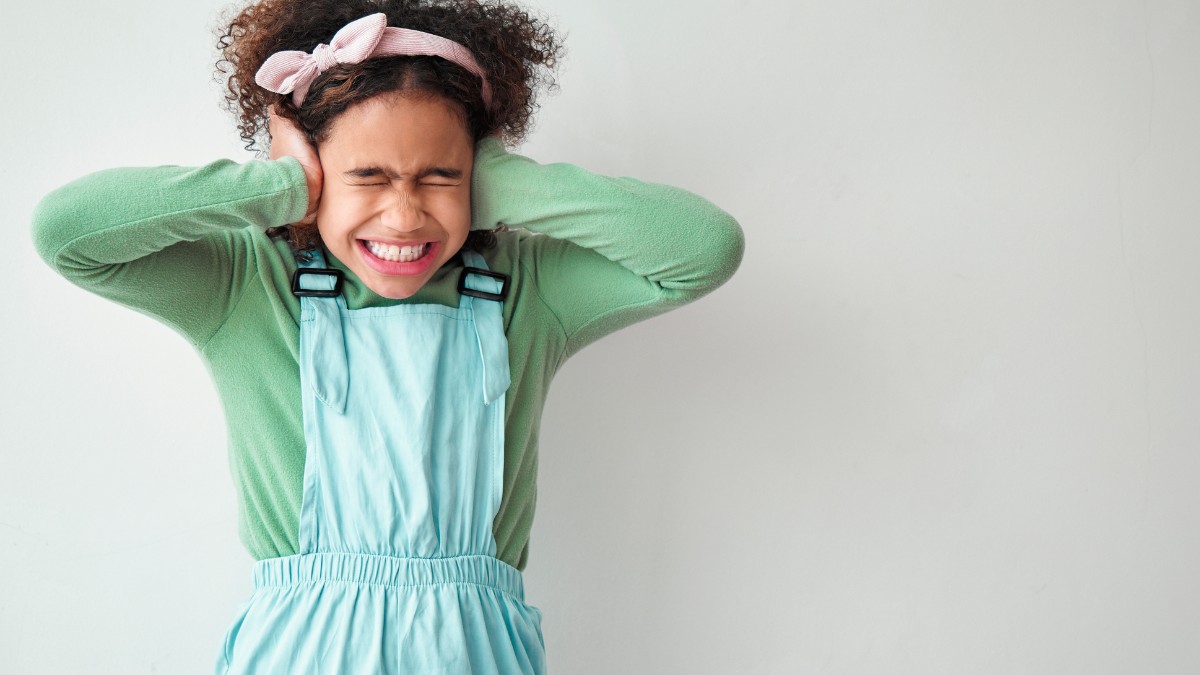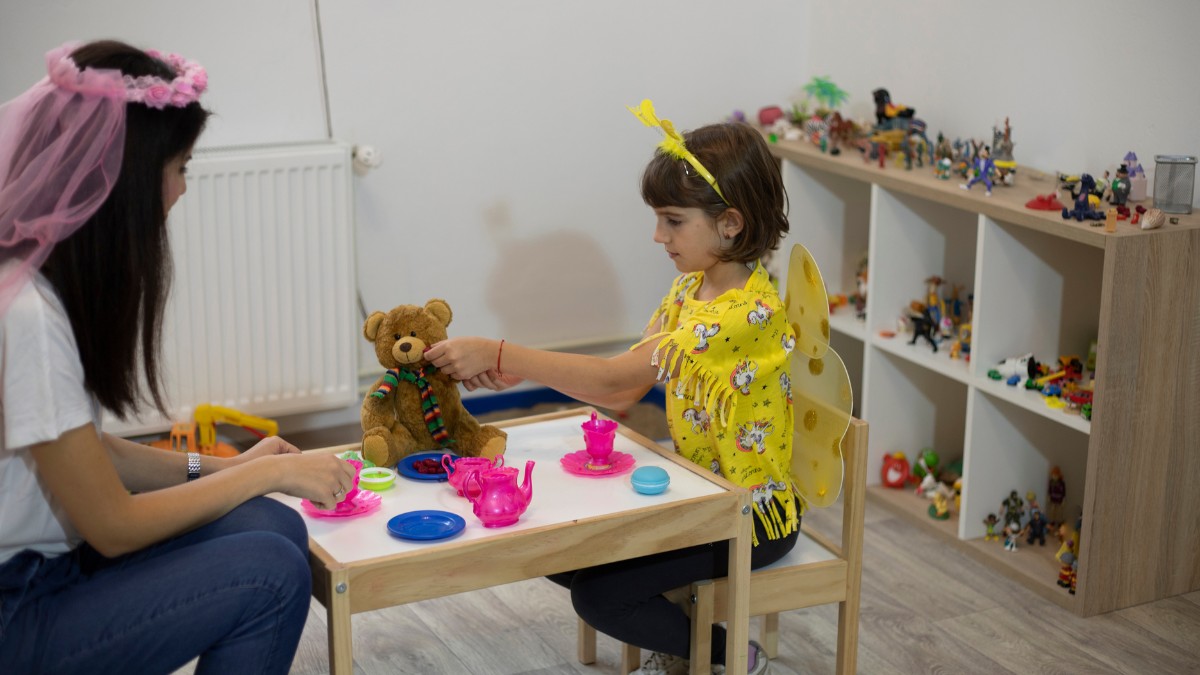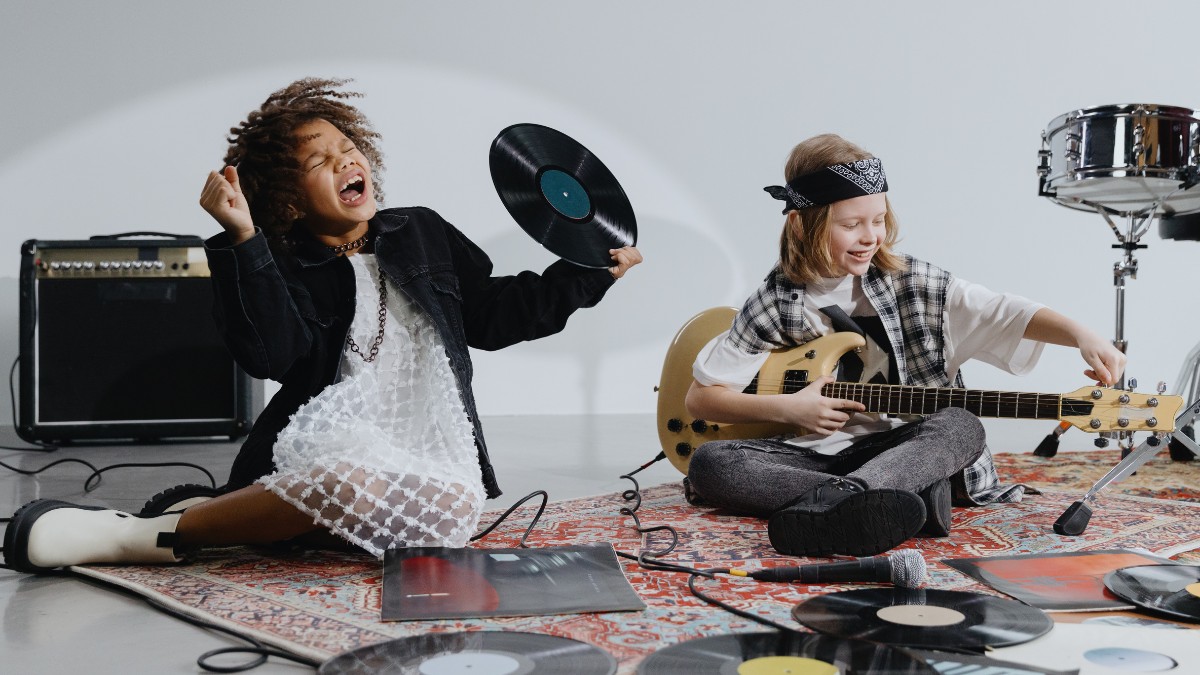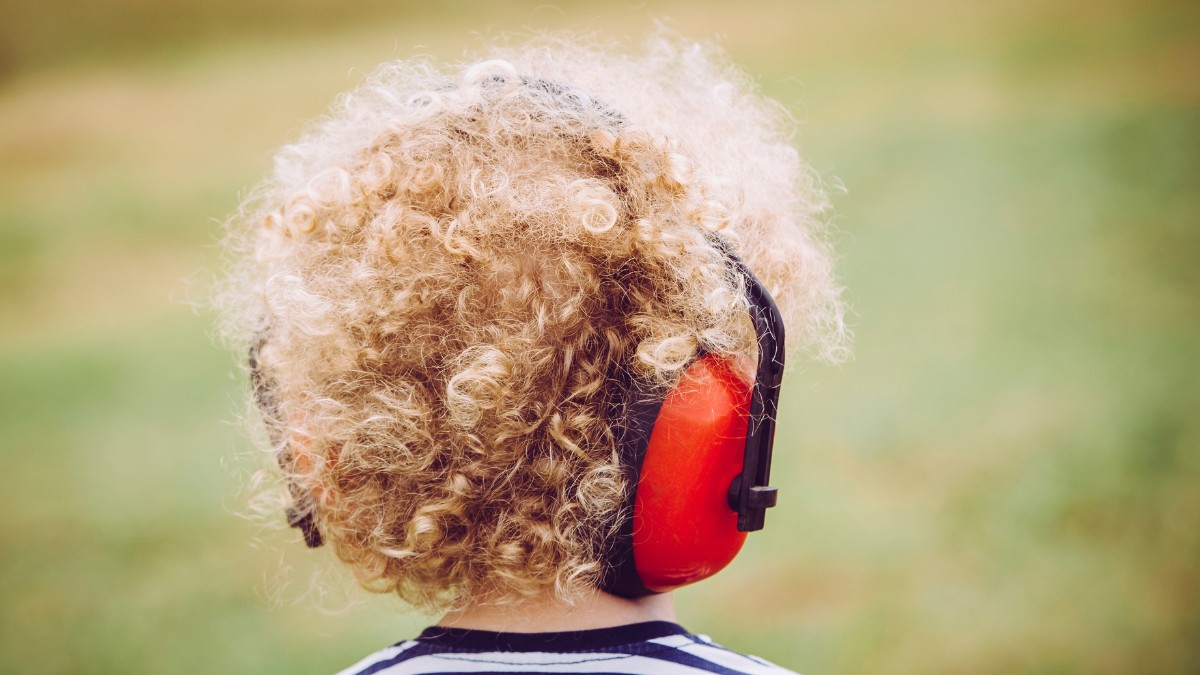Key Points:
- A structured shower sequence for autism can help reduce sensory overwhelm and support independence in daily hygiene routines.
- Sensory-friendly adjustments—like using visual aids, warm lighting, or alternate textures—can make showering more manageable for autistic children.
- Consistency, patience, and individualized support are critical in helping children with autism feel safe and confident in bathroom routines.
For many children with autism, personal hygiene tasks can be more than just routines—they can be overwhelming, especially when sensory sensitivities are involved. Showering, in particular, presents a unique challenge due to the combination of sound, temperature changes, touch, and transitions.
Establishing a clear and supportive shower sequence for autism can make this essential daily activity more manageable and even empowering.
In this article, we’ll walk through how parents and caregivers can create a structured, sensory-considerate bathing routine. From sequencing steps visually to choosing the right tools, the goal is to ease anxiety and promote independence.
What is a Shower Sequence for Autism?
A shower sequence for autism is a step-by-step bathing routine designed to help autistic individuals navigate personal hygiene with minimal stress and greater independence. It breaks the shower process into manageable parts using consistent visuals, cues, and supports tailored to the individual’s needs.
Because many children on the autism spectrum experience sensory processing difficulties, this sequence often includes sensory-friendly strategies. These can involve changes in lighting, noise levels, and tactile inputs to reduce distress. When used regularly, a shower sequence builds predictability and confidence around an otherwise difficult routine.
Why Can Showering Be Difficult for Children with Autism?
Daily hygiene can seem simple to neurotypical individuals, but for autistic children, showering involves multiple transitions and sensory inputs at once. Understanding the root of the challenge is the first step toward building an effective solution.
Several factors contribute to shower aversion in autistic children:
- Sensory overload from water pressure, temperature, or noise
- Lack of predictability and unclear expectations
- Discomfort with wet skin or soap textures
- Fear of the water stream or echoes in the bathroom
- Poor interoception (awareness of body cues, such as when to clean)
These discomforts can trigger avoidance, meltdowns, or anxiety. That’s why a structured and supportive sequence can make a meaningful difference—especially when parents are equipped to respond effectively, as highlighted in The Key Role of Parent Training in ABA Therapy Explained.
How Do You Create a Shower Routine for a Child with Autism?
A consistent and visually supported shower routine helps build familiarity and reduce anxiety. The steps should be clear, predictable, and ideally practiced at the same time of day. Make sure to introduce the routine gradually, giving your child time to get comfortable with each step.
Here’s how to build a customized shower routine:
1. Prepare the Environment First
Before the child enters the bathroom, ensure everything is set up and calm. This helps reduce sensory triggers and transitions. To achieve this, you can try the following:
- Adjust lighting (soft light is often better)
- Pre-set the water temperature to a comfortable level
- Lay out all shower items visibly: soap, towel, shampoo, etc.
- Use scent-free or mild-scent products if sensitivities exist
2. Use Visual Schedules
A laminated visual schedule or checklist can help the child understand the sequence and stay on track. To achieve this, you can:
- Use real photos or icons for each step
- Post the visual near the shower area
- Include steps like “Turn on water,” “Step in,” “Wash body,” “Rinse,” etc.
3. Break the Sequence into Clear Steps
Use simple, consistent language and repeat the same order each time. Here’s an example:
- Undress
- Enter the shower
- Apply soap and shampoo
- Rinse soap and shampoo
- Dry off
Add or remove steps depending on what works best for your child’s needs and capabilities.
4. Offer Support and Prompts
Some children may need verbal reminders, modeling, or hand-over-hand assistance at first. To do this, you can:
- Use gentle prompting, not rushing
- Fade prompts gradually as independence grows
- Reinforce each successful step
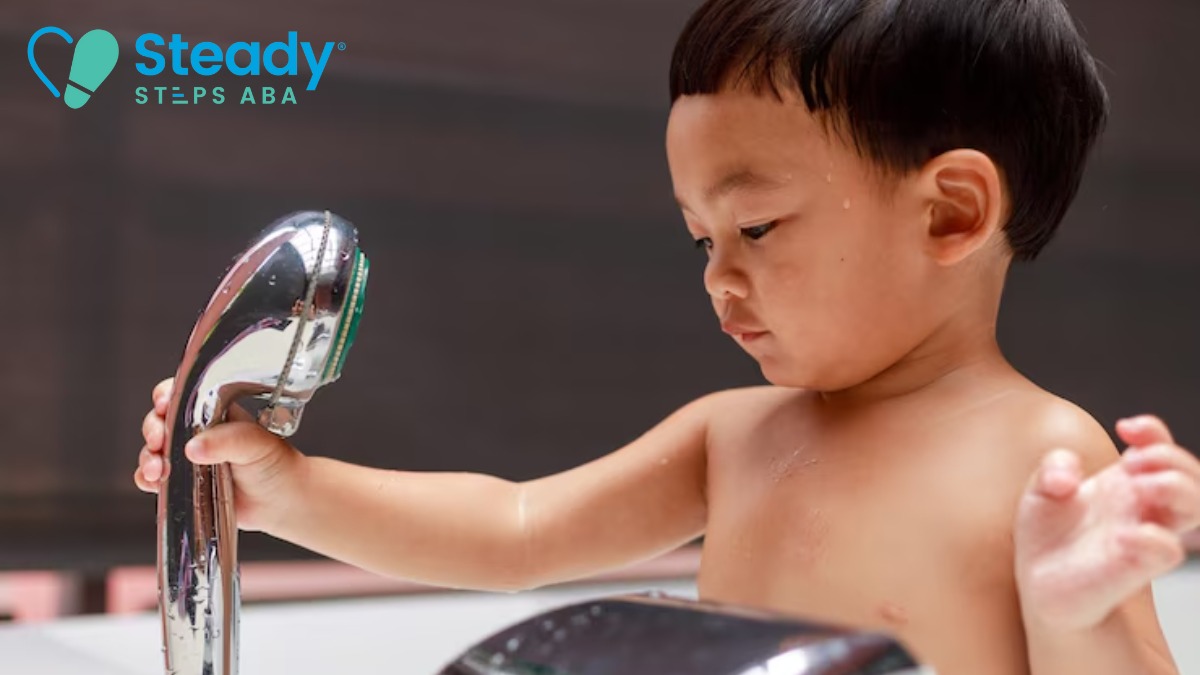
What Sensory Adjustments Make Showering Easier?
Showering can be particularly uncomfortable for children with auditory, tactile, or temperature sensitivities. Adjusting the sensory environment helps the child feel more in control and less overwhelmed.
Below are several sensory-friendly tips to make the shower experience smoother:
1. Tactile Supports
Offer soft washcloths or silicone scrubbers instead of rough sponges. Consider fragrance-free soaps and shampoos with gentle textures. Using a handheld showerhead gives more control over water flow and pressure.
2. Auditory Adjustments
Shower noise can be loud and echoing. Try using noise-canceling headphones or playing calming music to mask unpleasant sounds. Soft bathroom rugs and towels also help absorb sound and reduce echo.
3. Temperature Control
Sudden shifts in temperature can be distressing. Use a thermostatic valve to maintain a consistent water temperature. Let your child test the water with their hand before stepping in.
4. Visual Comfort
Bright bathroom lights can be too intense. Try dimmable lighting or showering with just a nightlight. Visual schedules or picture cards can also help the child understand what to expect.
Each child’s sensory preferences are unique, so trial and error are key in finding what works.
How Can You Encourage Shower Independence?
Encouraging shower independence starts with breaking the process into manageable steps and using supports tailored to your child’s needs. Visual schedules, picture guides, or step-by-step checklists help clarify the routine.
Using a timer can set expectations for how long each part should take. Sensory accommodations—like a handheld showerhead, gentle water pressure, and preferred soap—can reduce discomfort and resistance.
Praise and rewards for each completed step build motivation and confidence. Over time, gradually fade your assistance, allowing your child to take on more responsibility. Consistency, patience, and celebrating small successes are key to long-term independence.
What are Some Tools or Aids That Can Help?
There are several helpful tools that can enhance the showering process for autistic individuals. These tools aren’t one-size-fits-all, but when used thoughtfully, they can significantly improve your child’s experience.
Here are examples of supportive aids:
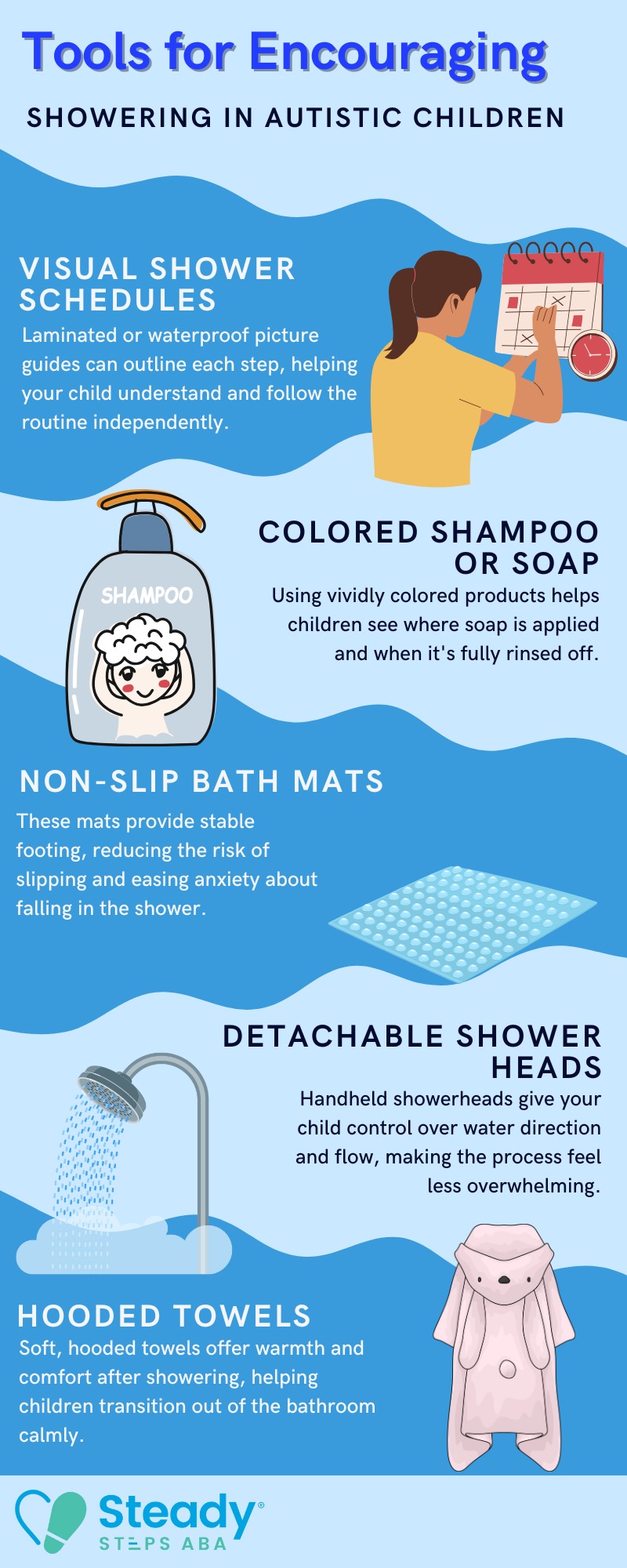
Keep these tools organized and within reach to minimize disruptions or delays during the process.
Can Showering Replace Baths?
Not always. Some children prefer baths due to the controlled, immersive water experience. Others find showers easier because they can avoid sitting in water. Preferences may change over time, so be flexible.
You can alternate between baths and showers based on comfort, but if the goal is building independence or preparing for school-age hygiene needs, showers are often more functional. Regardless of the method, the structure and sensory supports should remain in place.
How Can ABA Therapy Support Shower Routines?
ABA therapy supports shower routines by breaking tasks into manageable steps and reinforcing independence. Through task analysis, therapists teach each part of the routine—like turning on water, using shampoo, and drying off—in a consistent, structured way. Visual prompts, modeling, and reinforcement strategies help build confidence and reduce resistance.
Therapists may also address sensory sensitivities and escape behaviors that interfere with showering. By tailoring interventions to the individual’s needs, ABA promotes routine mastery and encourages self-care skills that are sustainable at home.
Create Structured Routines with ABA Therapy
Creating a consistent shower sequence for autism is just one part of helping your child gain confidence in self-care. If you’re looking for expert support to guide your child through hygiene routines and other daily living skills, Steady Steps ABA can help.
Our ABA therapy in Maryland is tailored to each child’s individual needs, with a strong focus on building independence in meaningful ways. Whether it’s shower routines, communication, or social skills, our team is here to support every step of the journey.
Contact us today to learn more about ABA therapy and how structured routines like these can empower your child both now and in the future.

